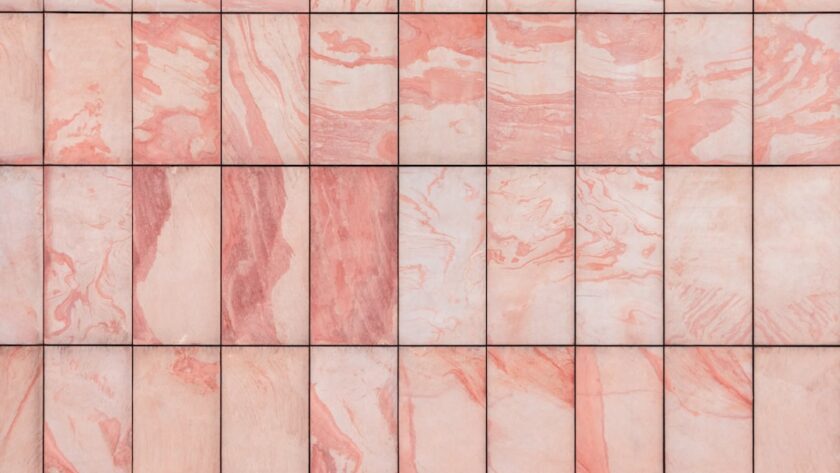Tile floors are a durable, beautiful choice for most areas of the home. They are also easy to clean, requiring less maintenance than hardwood or marble floors.
You should clean your tile flooring (including saltillo) at least once a week, more often in high-traffic areas. It is also an excellent idea to deep-clean and reseal your tile floors every few years.
Vacuuming
Vacuuming your tile flooring is one of the best ways to keep it clean. Vacuuming will remove loose dirt that is often missed when sweeping. However, vacuuming should be different from mopping.
Using the correct type of vacuum is also crucial for your tile floors. Choosing a vacuum without a brush roll or beater bar will spare your tiles from any potential damage. Additionally, using a vacuum with a crevice tool or other hard floor attachment will help you reach corners often overlooked when sweeping.
Lastly, not all vacuums are designed for hard flooring. In particular, many vacuums’ motorized brush rolls can damage the tile. The rapidly spinning bristles can scratch the delicate layer of glazed tiles. On the other hand, unglazed tiles can stand up to the force of the revolving brush and retain dirt much more firmly.
Sweeping
Tile is an incredibly durable, versatile, and low-maintenance flooring choice. It looks great in kitchens and bathrooms and is an ideal material to use if you have kids or pets. However, even the most beautiful tile floors must be properly maintained if you want them to look their best for years.
Sweeping your tile floors at least once a week is vital for keeping them clean and free of grit, which can cause scratches in the finish and dull its shine. Use a vacuum or broom and pay special attention to corners and under sinks.
If you have high traffic, you should mop your tiles at least once a week and more frequently. Make sure to use a safe cleaning solution for your type of tile.
Mopping
How much traffic your tile floors receive will determine how long you need to mop them. After your tile floor installation, it is advised that you sweep them at least once a day and vacuum them frequently.
Sweeping and vacuuming remove loose dirt, dust, and debris before it becomes embedded in the tile or grout. Once you’ve swept, mopping your tile floors with warm water and a manufacturer-recommended cleaning product sanitizes and enhances their shine and color.
Dry-Cleaning
The tile is durable and versatile but also prone to moisture damage. When you let water sit on tiles for long periods, it damages the grout that binds individual tiles together. That is why cleaning up spills as they happen and resealing your grout regularly is essential.
Dirty pet paws, corrosive household cleaners, and coffee cup leaks can wreak havoc on your tile floors and grout. Preventing dirt from entering your home and regularly cleaning spills will limit the work you have to do in the future.
To prevent scrubbing damage to your tile, use soft-bristled brushes or vacuum cleaners to remove dirt from your floors before applying any water or cleaner. Adding door mats at entryways and area rugs in high-traffic areas is another way to keep dirt from accumulating on your floor.
Sealing
Tile flooring offers homeowners various styles, prices, and materials. And while it is an excellent choice for kitchens and bathrooms, it must be maintained.
Sweeping regularly is the key to keeping your tile floor free from abrasive dirt that can scratch the surface. Use a soft-bristled broom or a hard-floor attachment on your vacuum to avoid damage to your tiles. It would be best if you also swept before you washed your floors. Washing an unswept floor encourages dirt to stick, creating more stains than it removes.
Minimizing dirt in your home will make your tile floor cleaning more manageable. Door mats at entrances and taking off shoes before walking through the house are quick and easy ways to reduce the cleaning you must do.




